As of May 1st, whether you have added a batch of batches to your shopping cart list. If you have a TV, please slow it down. The TV market has been flooded with various kinds of propaganda, all kinds of bragging flickers, non-industry people you have to have their eyes open. Even if the concept of HDR is popular today, it seems that the quality of TV seems to have a guarantee. In fact, the quality of HDR TVs is also uneven. Actual results can even be described in different ways. Today we are going to teach you how to develop a pair of eye-catching cues in the hype surrounding the company and choose the HDR TV that suits you.
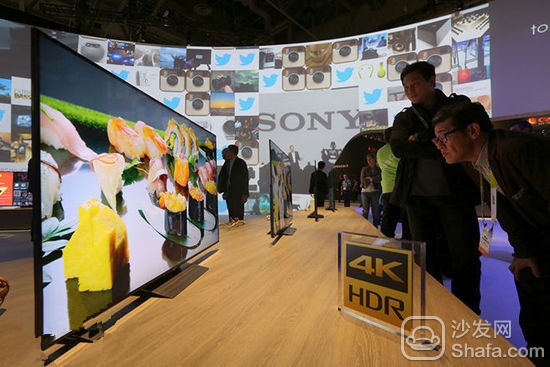
First of all, it must be admitted that HDR has a more significant role in the promotion of picture quality than the 4K and curved surface of manufacturers' speculation in previous years. Because 4K only increases the resolution, there is no requirement for color gamut or contrast. As for the surface, it just changed the way people appreciate TV, and whether the surface is better than the plane is not conclusive. And HDR is actually the entire ecosystem, changing the entire industry chain from camera to content production to display. It has requirements for content and equipment in terms of color gamut, dynamic range, and brightness, so HDR content and non-HDR content The quality difference is very large, which is also reflected in the picture quality of HDR TVs and non-HDR TVs. We already have many articles to explain the knowledge about HDR.

What kind of TV can be regarded as a qualified HDR TV? Since Sony first introduced 4K HDR TV in China, more and more manufacturers have begun to launch their own 4K HDR products. Instead of intermingling with specifications that cannot be read, it may be necessary to start with the requirements of HDR content. We all know that HDR content will not only be added to the wide color gamut standard but will also be produced with high dynamic range.
The advantage of producing with high dynamic range is that the high brightness facilitates the display of many highlight details and has a more natural and natural effect. At the same time, if the brightness range or the dynamic range is wide, many of the original darker details can Get a full performance, just like a bigger cup can hold more water. We can look at an example:
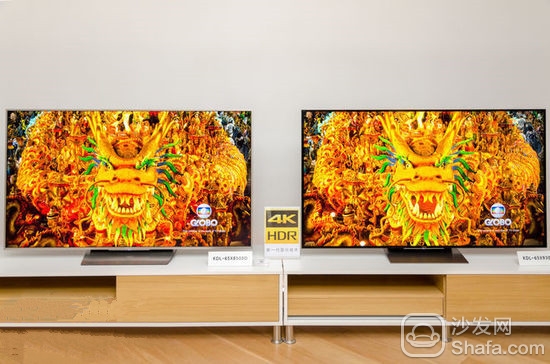
In the picture, the two televisions have a very obvious difference in picture effects. On the left is a 4K TV. On the right is Sony's high-end picture model X9300D. Both support HDR. The X9300D has a brightness of over 1000 nits, and its brightness advantage is clearly felt in this comparison. What needs to be explained is that you may feel that the colors of the left model are more saturated and fuller. This is because the camera's own dynamic range is not enough to show the high brightness of the X9300D. In fact, the color of the X9300D is more vivid and beautiful under the support of high brightness. So you understand how important the dynamic range itself is. If the dynamic range is not enough, many details, especially highlights, are difficult to show.
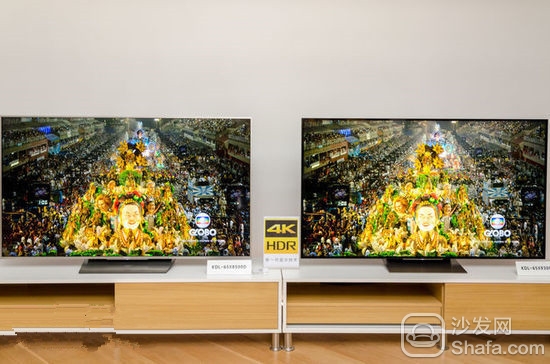
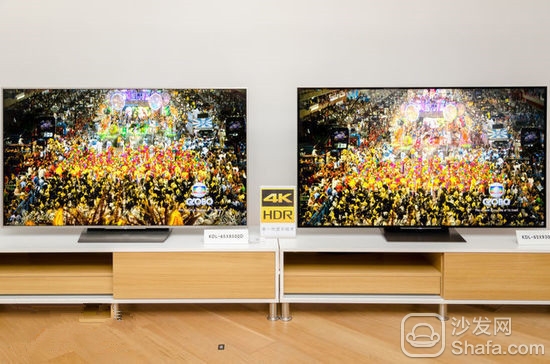

In addition, you can also carefully observe the four weeks in the above comparison. It is not difficult to find that the X9300D is cleaner, clearer and brighter in the absence of clear details on many models on the left. First of all, the color of the X9300D is better, and secondly, its dynamic range is wide enough to show more detail. It is not as bright as the center of the model on the left and it is dark on all sides. This shows the brightness and dynamic range of the X9300D. Are very high. The X9300D really has a great ability to optimize HDR content.
But just high brightness is not enough to call it a good HDR TV. The ability to express color, contrast, and details of dark details is also important. Why is this?
Therefore, excellent HDR TVs must also have superior light control technology and the ability to restore dark details, that is, black should be dark enough, and can not lose the dark details. Still taking the Sony X9300D as an example, it uses the elite version of the dynamic backlight system to achieve ultra-thin matrix backlight partitions, which is still the industry's first. The principle is to use two groups of LED backlights and two light guide plates, each with a plurality of backlight partitions that are staggered with each other, and by constantly adjusting the backlight brightness to achieve high contrast. We have also introduced this before.
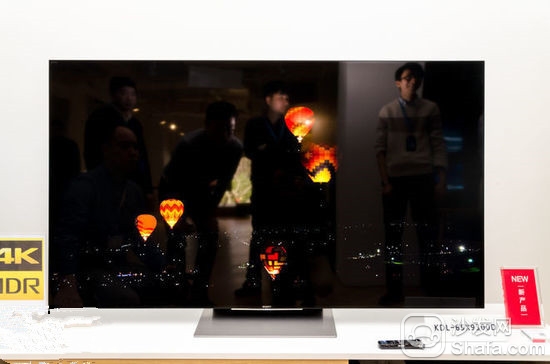
It should be noted that in the case of ensuring pure black, it is also necessary to ensure that the dark details of the screen are not lost. Just like the picture above, the night sky is to be pure black, and the light and shadow on the ground must be clear enough. If you blindly pursue pure black and sacrifice the details of the shadows, isn't it worth the candle? This is not in line with the purpose of HDR, and the perception will be greatly reduced.
At this point, with the X9300D as a reference, you should also know where to look for HDR TVs. HDR is based on the wide color gamut, high brightness, high dynamic range as the standard content, what it pursues, in fact, is a kind of picture closer to the human eye - a good color, a wide dynamic range, a variety of brightness details Can have a full show.
So when you choose an HDR TV, you can't just consider color, but you should also pay more attention to whether the product has features such as high brightness, high contrast, and high dynamic range. The brightness is preferably up to 1000 nits and above without losing detail in highlights and shadows; wide color gamut technology can bring more rich colors. Now you know what kind of HDR TV to buy.
Diesel Generating Set,Genset Generator,Independent Power Supply,Office Buildings Generator
Shaoxing AnFu Energy Equipment Co.Ltd , https://www.sxanfu.com
![<?echo $_SERVER['SERVER_NAME'];?>](/template/twentyseventeen/skin/images/header.jpg)